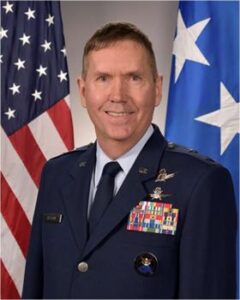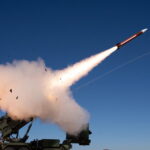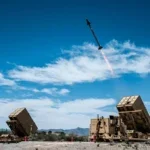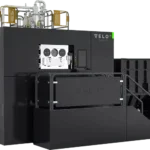
COLORADO SPRINGS, Colo.—The fledgling Space and Readiness Training Command (STARCOM) is examining the challenges U.S. Space Force Guardians face in training and testing on space systems with the expectation that a lot of this work will be done digitally and is also exploring live training needs, Maj. Gen. Shawn Bratton, commander of STARCOM, said on Wednesday. STARCOM isn’t looking to replicate the kinds of static test ranges the armed services have where soldiers, Marines and airmen test and train in…

 By
By 











